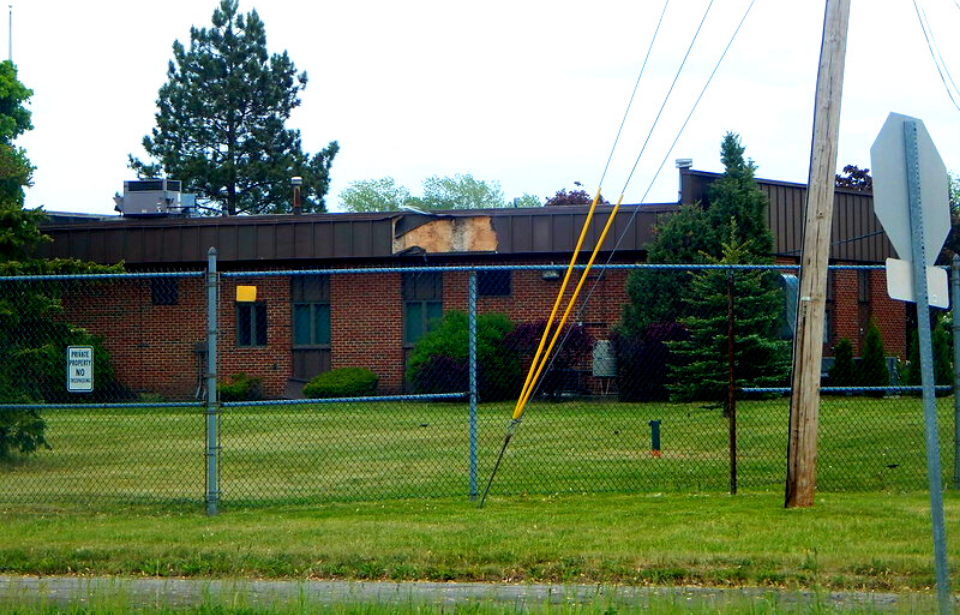Love Canal is a former neighborhood in Niagara Falls, New York. Intended to be an up-and-coming area geared toward working-class families, it was evacuated in the 1970s after toxic chemicals buried beneath the ground were found to be causing ill-health effects among residents.
William T. Love proposes a planned community
In 1890, William T. Love proposed the development of a model planned community that would provide industries setting up shop in Niagara Falls with hydroelectricity. Work on the canal began in May 1894, with plans to connect the upper and lower portions of the Niagara River. At the time, numerous manufacturing companies had expressed interest in establishing operations along what would become Love Canal.
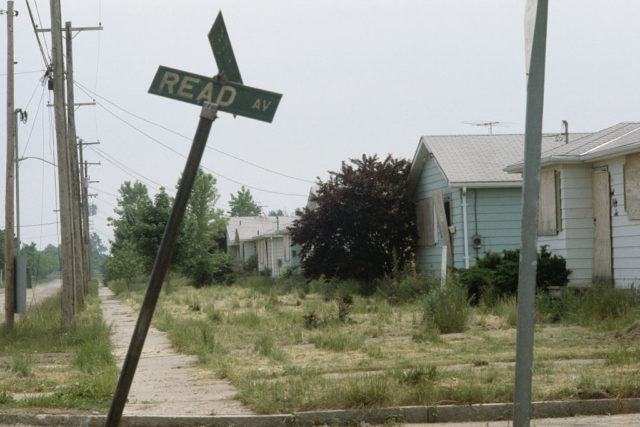
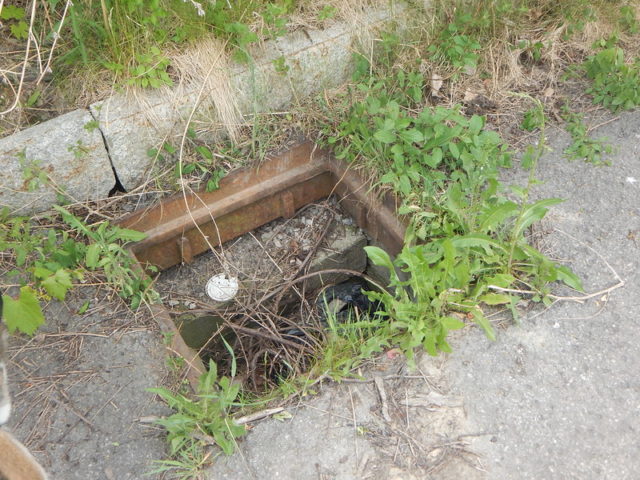
However, issues began to arise with the passing of a law in 1906, which prohibited the removal of water from the Niagara River. This, combined with a financial crisis the following year and the development of electrical power, caused Love’s investors to pull out of the project. As such, he was forced to abandon the canal, losing the last parcel of property to foreclosure.
With the project abandoned, the canal filled with water, becoming a local swimming hole in the summer and an area for public skating in the winter.
Toxic chemicals are dumped into the canal
During the 1920s, Love Canal became a dump site for the city of Niagara Falls. Two decades later, it was purchased by Hooker Chemical Company, which used the area to dump 19,800 kg of chemical byproducts – paper, plastics, rubber, petrochemicals, abrasives and carbon insulators – used by the area’s industrial companies. Prior to their dumping of chemicals, Hooker Chemical drained the canal and lined it with clay.
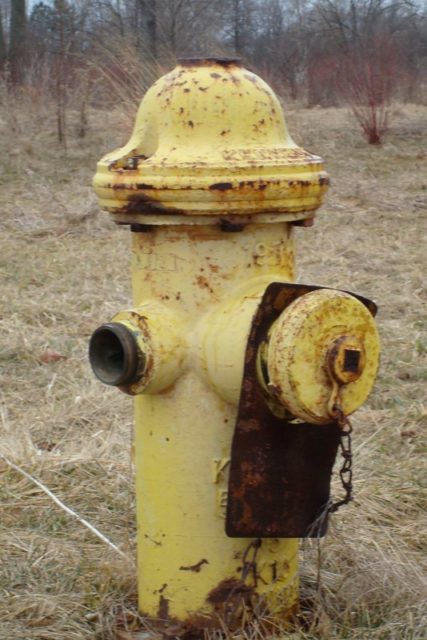
The dump was closed in 1952, after it became apparent the area would be developed for construction. Upon its closure, Hooker Chemical covered the canal with clay to prevent any of the chemicals from leaking out, and over time vegetation grew overtop it.
Love Canal becomes a growing neighborhood
By the 1950s, Niagara Falls was experiencing a population boom. This meant the city’s school board needed more land to construct schools. After much consideration, Hooker Chemical sold Love Canal to the district for relatively cheap, and not long after development began. That, unfortunately, is when the area’s troubles became apparent.
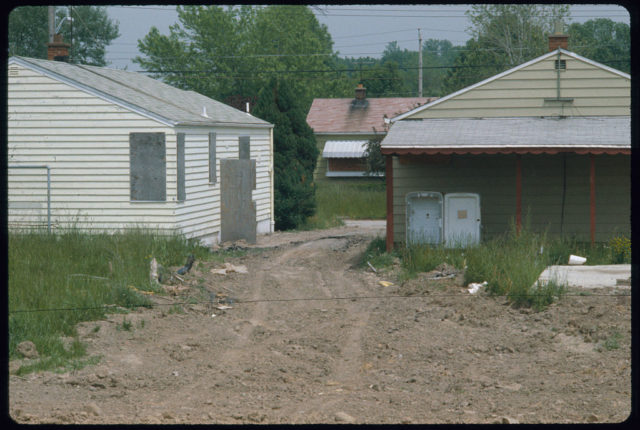
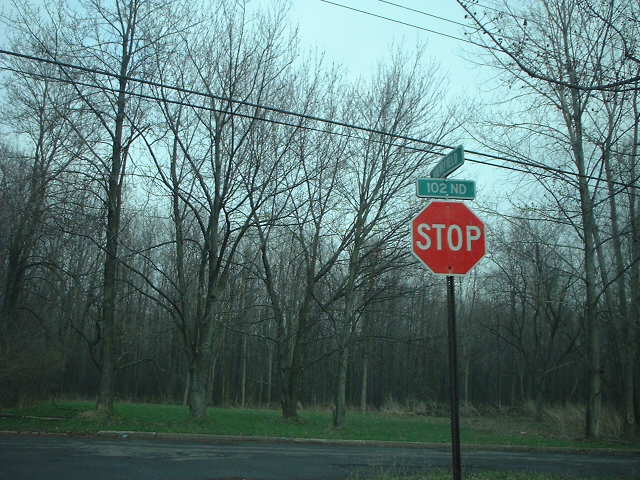
The construction activity breached the canal’s containment structures, allowing chemicals to seep into the soil. This, paired with the heavy rainstorms the area experienced, resulted in the gradual release of chemical waste. Despite this, construction of the school continued, and it opened in 1955 to 400 students.
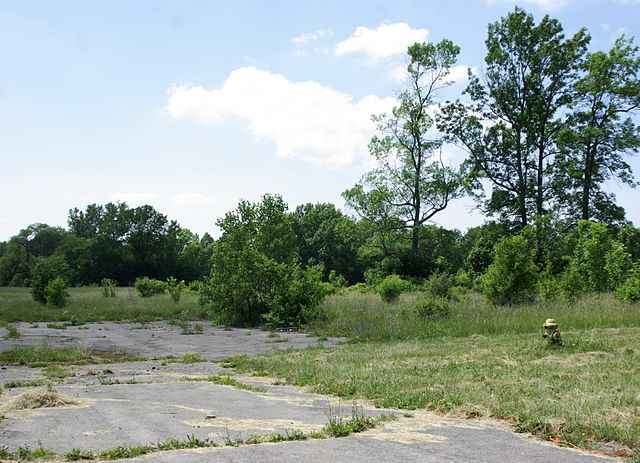
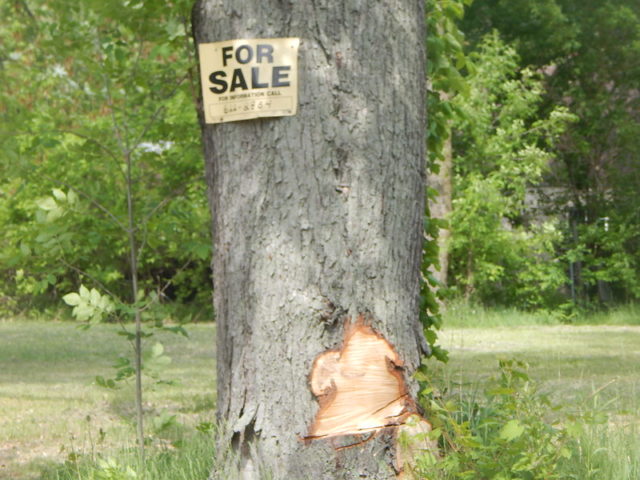
The school district sold the land it hadn’t used to private developers and the Niagara Falls Housing Authority, with the hope of attracting young, working-class families to the neighborhood. In 1957, the city began sewer work, during which construction personnel broke through the canal’s clay barrier, allowing for the further release of chemical waste.
As the land where the homes were built was not part of the agreement between Hooker Chemical and the school board, none of the residents knew of Love Canal’s history. There was also no monitoring system set up to evaluate the waste stored underground.
Residents begin to experience health issues
It wasn’t long before residents began to notice a black liquid flowing from the canal. They also complained of strong chemical odors. While public awareness about the pollution caused by industry along the Niagara Frontier began in 1970, there wasn’t a focus on Love Canal, with New York state officials dismissing the growing concerns of activists.
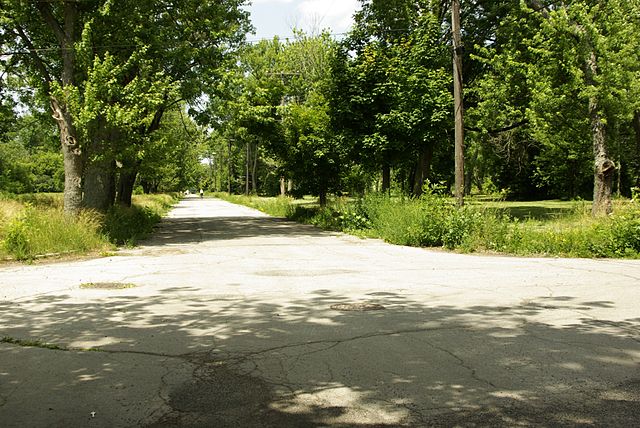
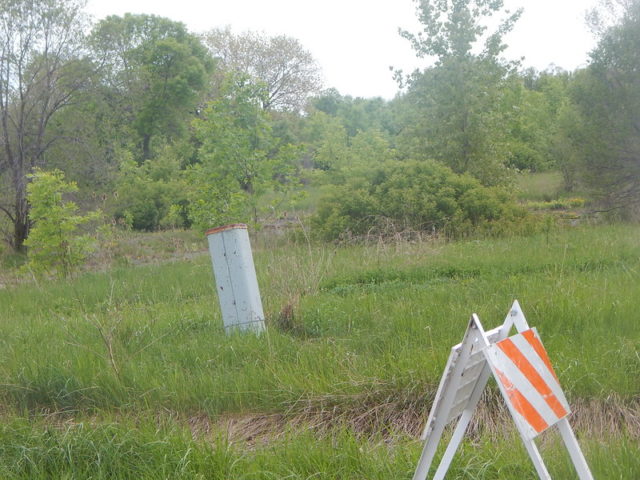
During the spring of 1977, the Departments of Health and Environmental Conservation began to analyze air, groundwater and soil samples from the area. The data showed unsafe levels of toxic vapors related to more than 80 compounds emanating from numerous homes directly adjacent to the canal.
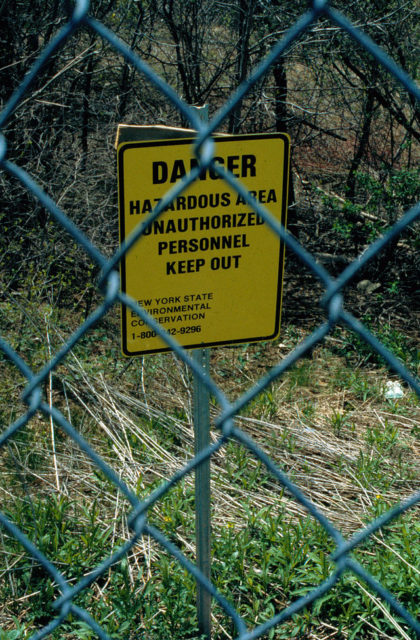
There were also the health issues. An abnormal number of residents were suffering from leukemia and high white blood cell counts. As well, an investigative report in a local newspaper found increased rates of asthma, epilepsy, birth defects, migraines and nephrosis. It was this media coverage that finally caught the attention of the federal government.
The government steps in
On August 2, 1978, Love Canal was declared an “unprecedented state of emergency,” with President Jimmy Carter announcing a federal health emergency a few days later. He also called for the allocation of federal funds and ordered the Federal Disaster Assistance Agency to help the city remediate the site.
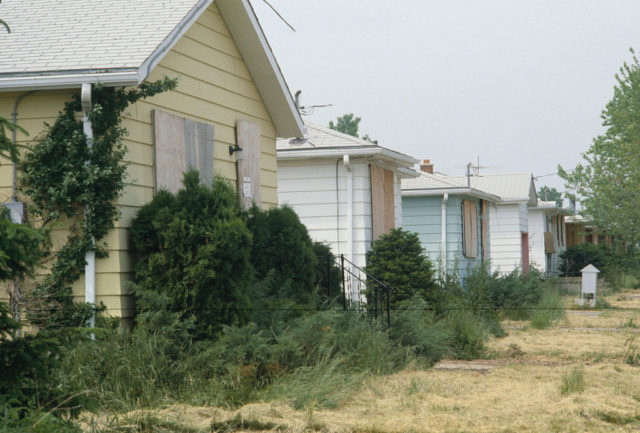
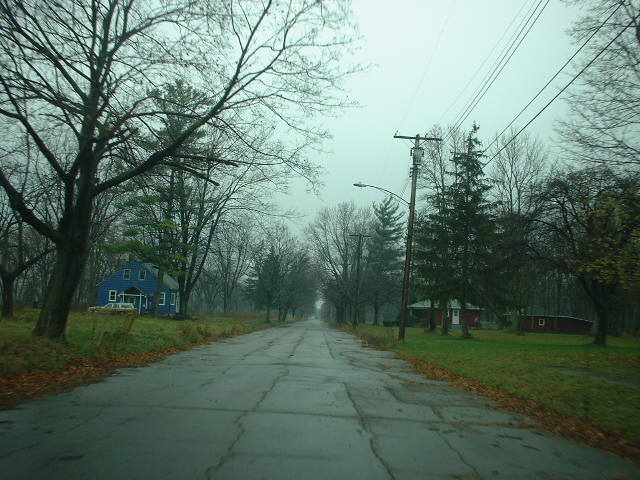
To ensure Love Canal was properly cleaned, Congress passed the Comprehensive Environmental Response, Compensation, and Liability Act – better known as the Superfund law. Trenches were built to transport waste to sewers, residential sump pumps were sealed off, and schools were closed and demolished. As well, an estimated 950 families were evacuated, with state and federal governments using $15 million to purchase and demolish homes closest to the canal.
During the effort, 248 chemicals were unearthed.
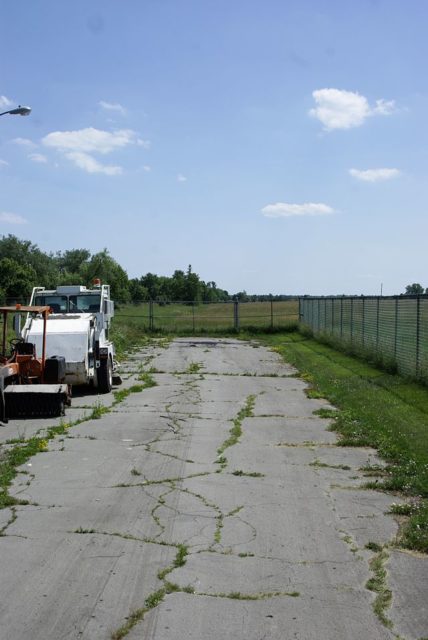
More from us: Picher, Oklahoma: The Toxic Town That Was Deliberately Left To Nature
In June 1980, New York’s state government founded the Love Canal Area Revitalization Agency, which worked to resettle the area once it was cleaned. The Superfund project ended in 2004, costing around $400 million to complete, leaving behind abandoned streets on the neighborhood’s west side and stand alone houses to the east.
Around 260 homes north of Love Canal have since been renovated and sold to new owners, while 160 acres have been purchased by commercial developers for “light industrial use.”
